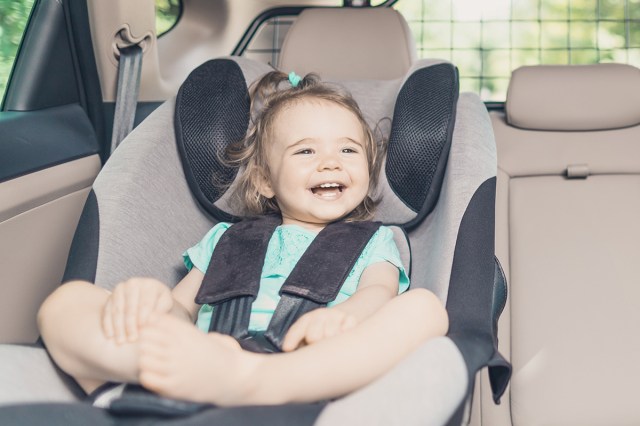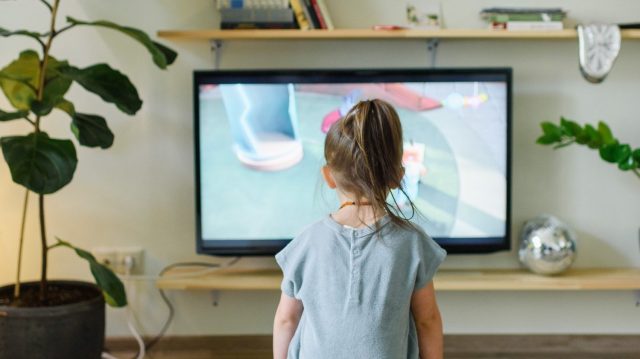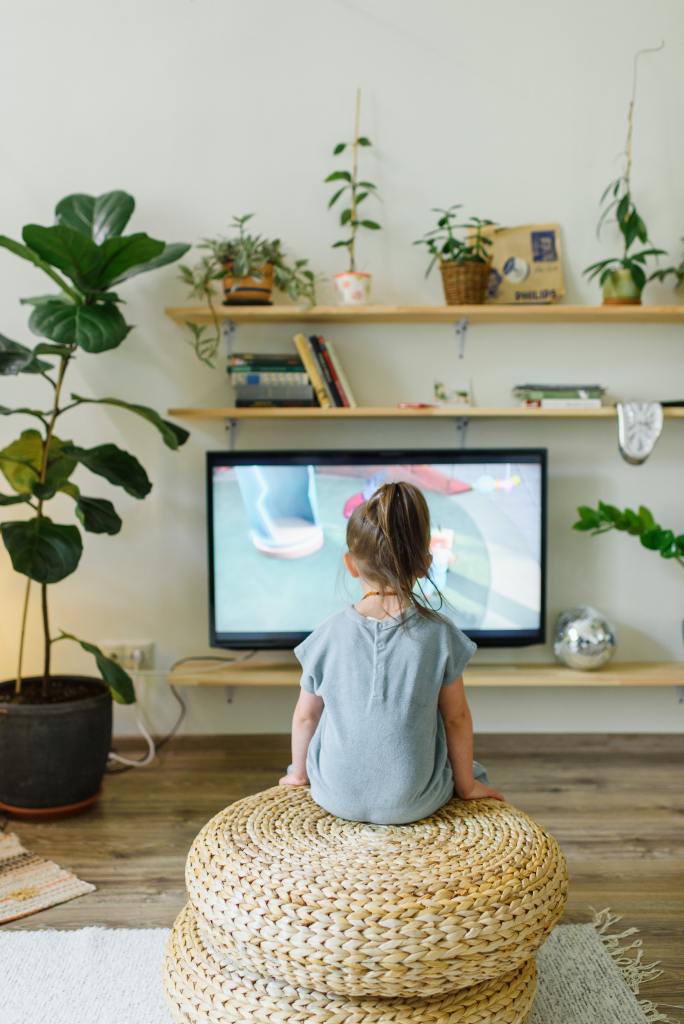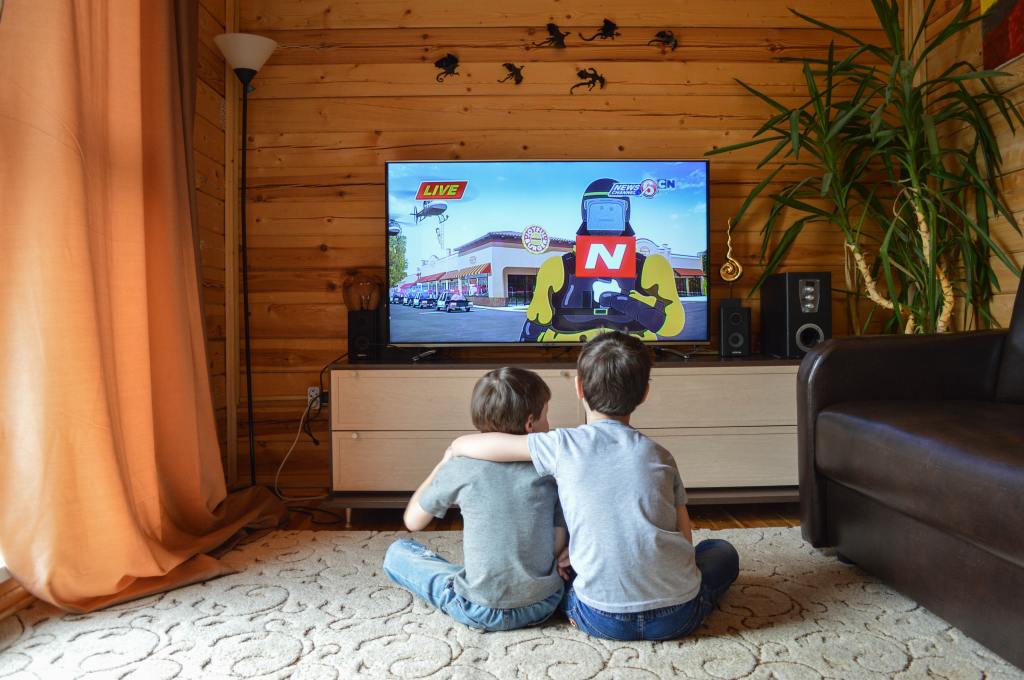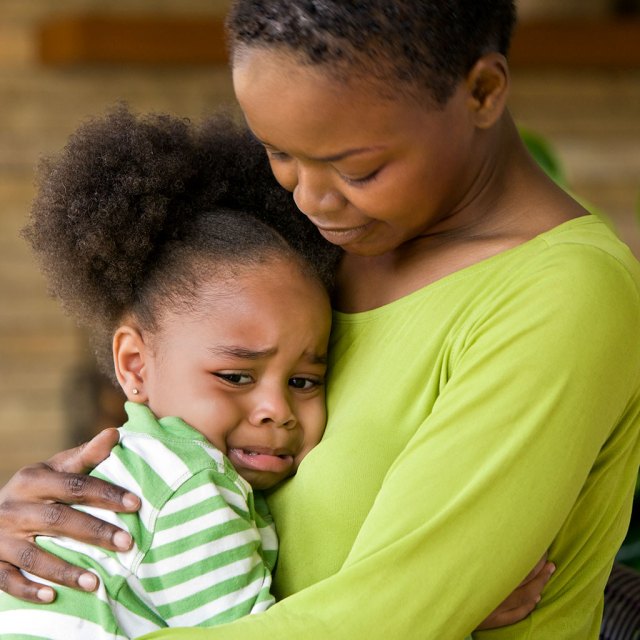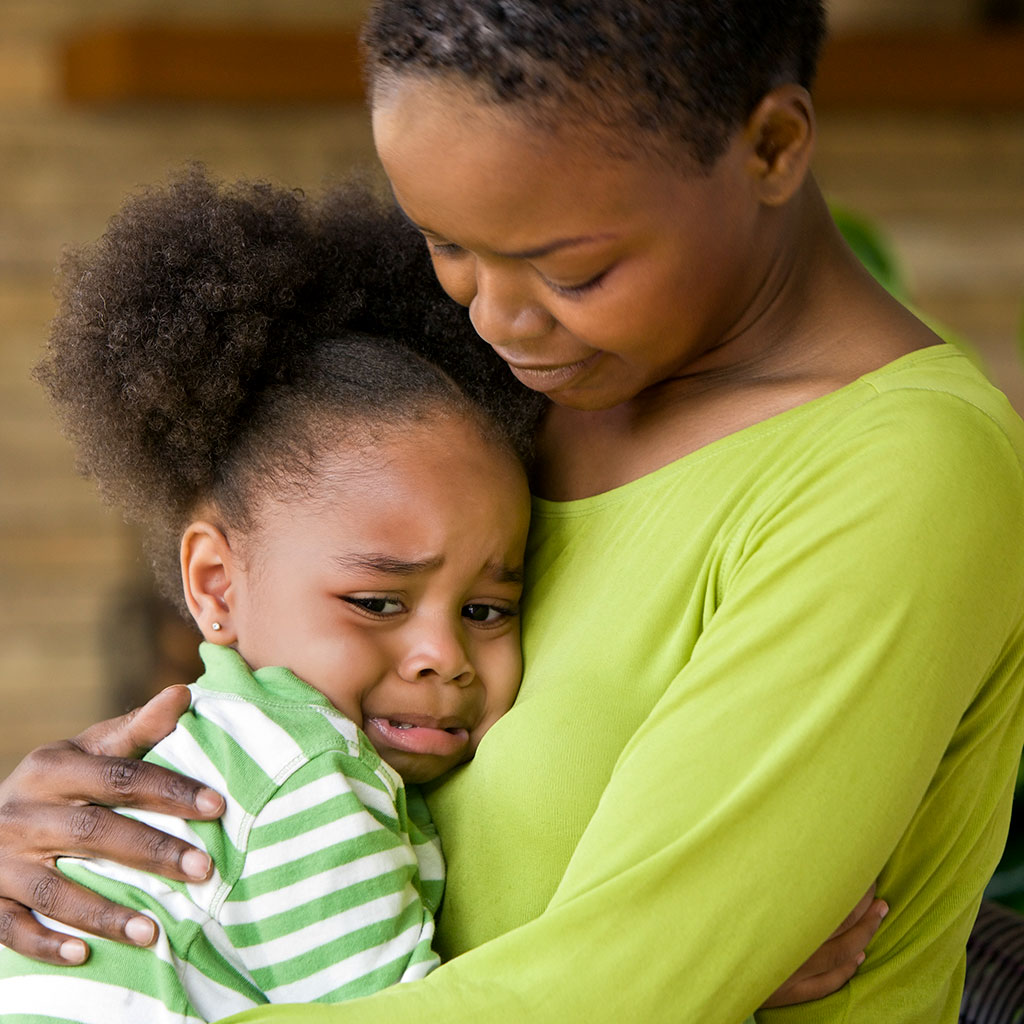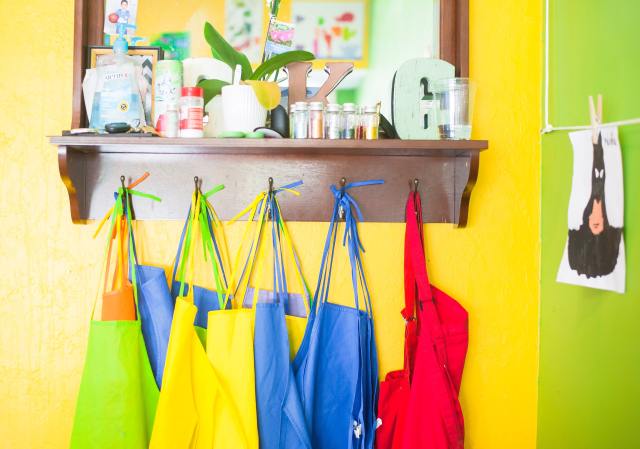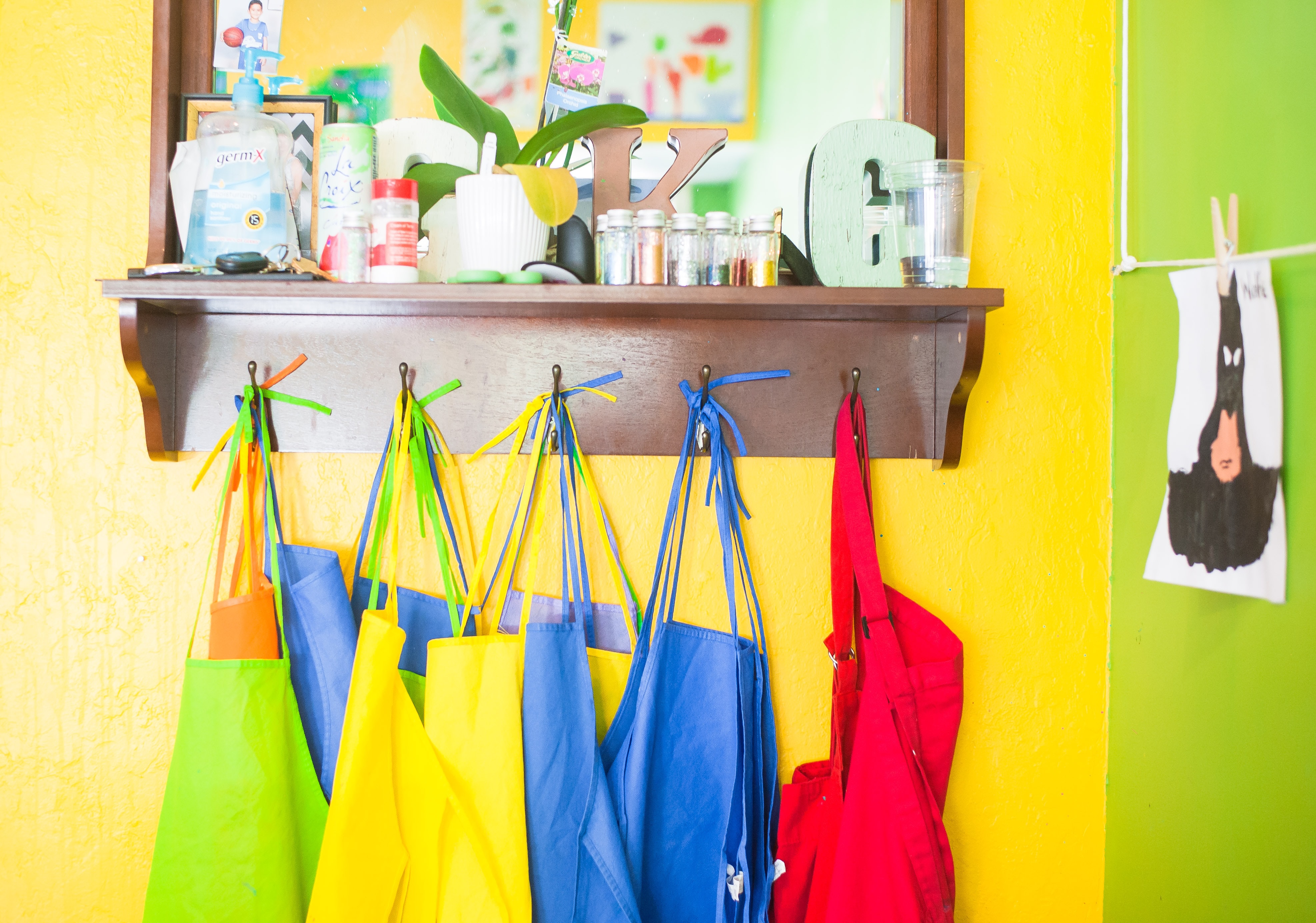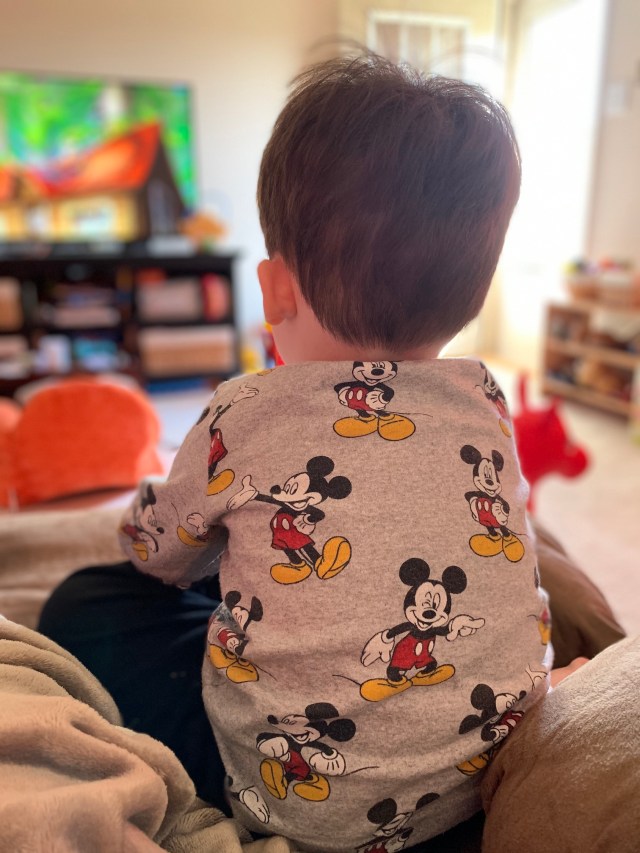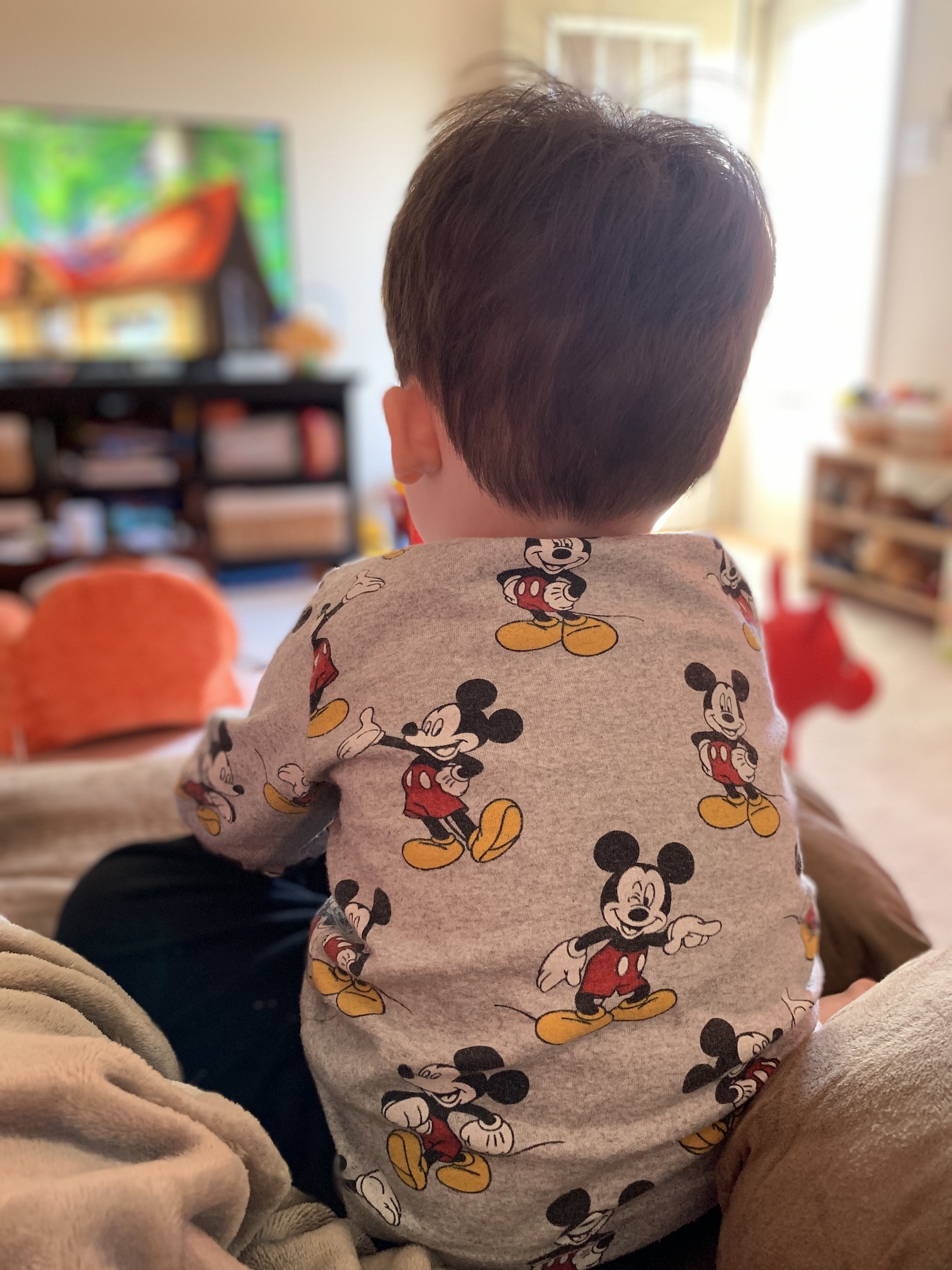It’s not uncommon to hear parents, especially those with young kids, lamenting about the seemingly endless hours they spend in the car. Statistics support these feelings. The U.S. Department of Transportation reports that Americans spend an astounding 84 billion hours driving each year and make an average of 2.24 trips a day. According to AAA, 25-49-year-olds, the demographic that includes parents of young children, drive even more. In fact, 51% of parents spend an upward of five hours a week driving their kids around. This translates into American families spending up to 6% of their waking hours in the car. That’s a lot of time spent doing something that is often unenjoyable.
Are there ways that families can make these endless hours slightly more useful and dare we say, enjoyable? Perhaps.
What about adding mindfulness to the car ride? It’s a common assumption that mindfulness is a sacred activity reserved for quiet moments and peaceful studios. While in some instances this is true, it doesn’t always have to be, especially when kids are involved.
Mindfulness and breathing exercises can be adapted for car rides. Mindfulness is the practice of paying attention to the present moment, without judgment. What better environment to pay attention than in a moving car where there are literally hundreds of colors, sounds, smells, and objects competing for attention? Here are a few ideas for mindful moments in the car:
1. Find One Sound. At a stoplight, open the window and turn off the music. Ask your child to listen very carefully and find one sound to focus on. Can they hear one bird chirp or one person talking? See how long they can listen to that one sound.
2. Finger Roller Coaster. Have your child hold one hand out, with fingers wide open. With the other hand, pick one finger to be the roller coaster. Pretending that the outline of the hand is the roller coaster track, the roller coaster finger is traced up and down the fingers, going back and forth.
3. Blowing Balloon Hands. Kids hold their hands out in front of their bodies, and touch the fingertips of the opposite hand together, making a sphere. As they breathe in, all the fingertips come together in the middle, like an inflating balloon. Slowly blowing out, they open their hands up again and keep fingers pressed together like they are blowing up a balloon.
4. Listening to a Siren. If an emergency vehicle goes by, ask the child to listen to the sound of the siren. Ask them to listen as carefully as they can and say the moment that they can no longer hear the noise. This can become a game to see who can hear the sound the longest.
5. Find the Buzzing Bee. Kids place one hand on their chests and one hand on their bellies. They take a deep breath in, close their mouths and slowly breathe out of the nose, making a humming sound, like the buzz of a bee. As they hum, they try to see if they can feel the vibration in their hands on their chests and/or the hands on their stomachs. If they can’t feel both, encourage them to try again, taking a deeper breath and breathing out slower the next time.
6. Traffic Light Affirmations. Traffic Light Affirmations is a game that requires the ability to recognize and identify the three colors of a traffic light. To begin, the people in the car are each assigned one of the three colors of a traffic light. If there are more than three people, two can share a color. The members of the car look carefully at each traffic light. When they spot a color, they state the color out loud and say something kind about the person to whom the color is assigned. This could be something they are thankful for or something they love about the person, etc. If the light changes color, the other person gets the affirmation. If more than one person is assigned a color, each person receives an affirmation when their color is spotted.
7. Breathing Out Smiles. This is a breathing exercise adapted from the work of Thich Nhat Hahn, a Vietnamese Buddhist Monk, and peace activist. The child closes their eyes, and the adult recites “While I take a slow breath in, I relax my body, While I take a slow breath out, I smile.” If the child is able, ask them to repeat the saying or say it together as everyone takes slow, deep breaths in and slow breaths out pausing in between breaths to smile. Many parents have reported that this practice can be very calming to them as well!
8. Smells. Kids close their eyes and try to identify what they can smell in that current moment. If it’s a dry day, this is more fun with the windows open. If kids are having a hard time identifying a unique smell, an idea can be suggested, and the game can change to finding the scent that was proposed, like a smelling scavenger hunt.
9. Guided Meditations. The car can be an excellent time to listen to and practice doing guided meditations. There are a variety of excellent guided meditations that are specially adapted for young kids.
10. Tingly Hands. Kids open their arms wide and clap their hands together as hard as they can. They clap three times in a row and then place their hands on their lap, palms up. Closing their eyes, they pay close attention to the sensation in their palms, seeing if they notice a tingling sensation. Feeling that sensation, they carefully pay attention to it and open their eyes only when the feeling is completely gone.
These ten activities can help bring mindfulness into your daily routine and kids think they are calming and fun. They love using their imaginations and doing an activity with you. If even one tool works, you have succeeded in incorporating mindfulness into your car ride. Congratulations!
